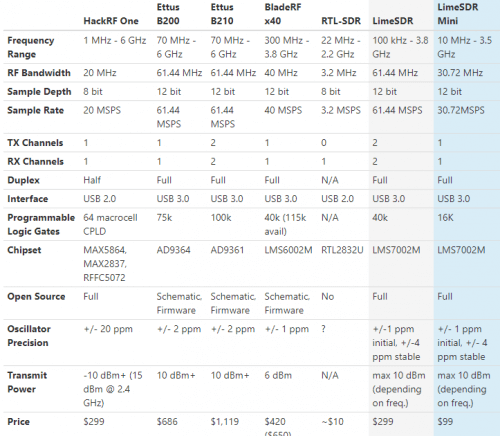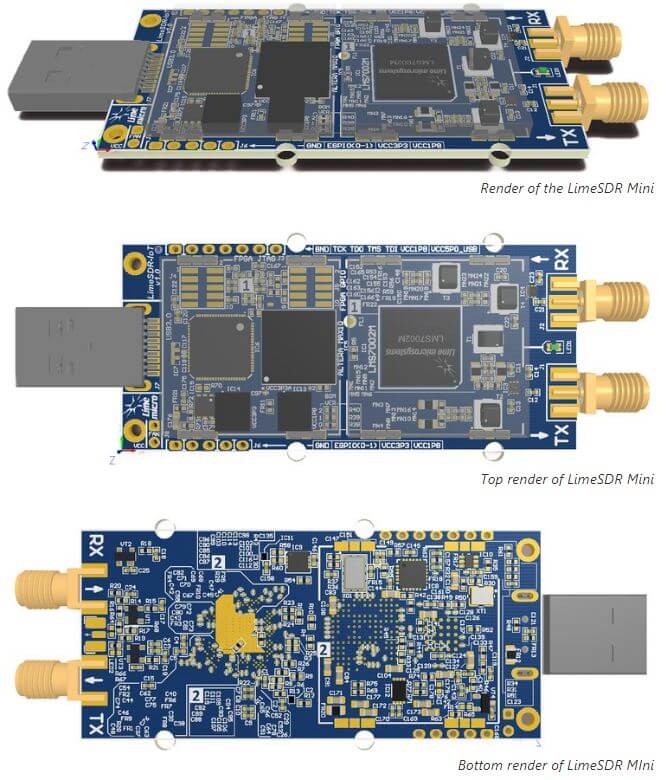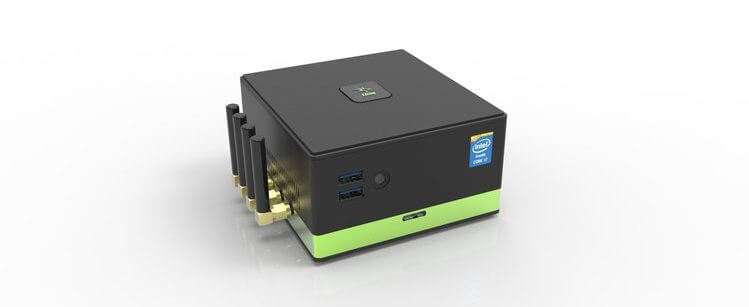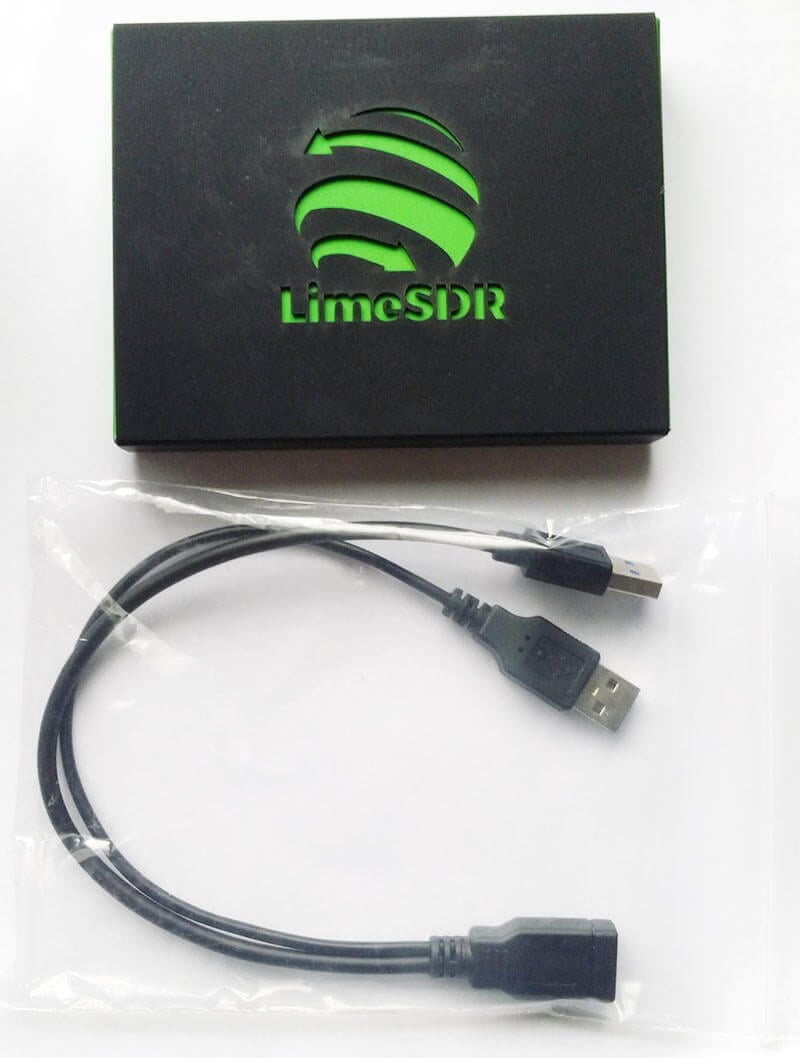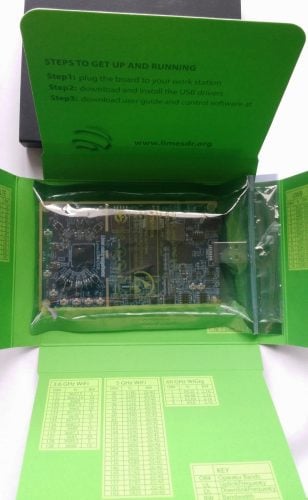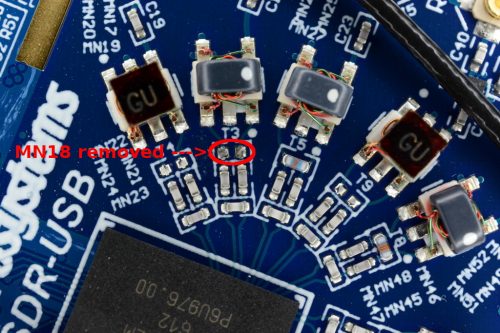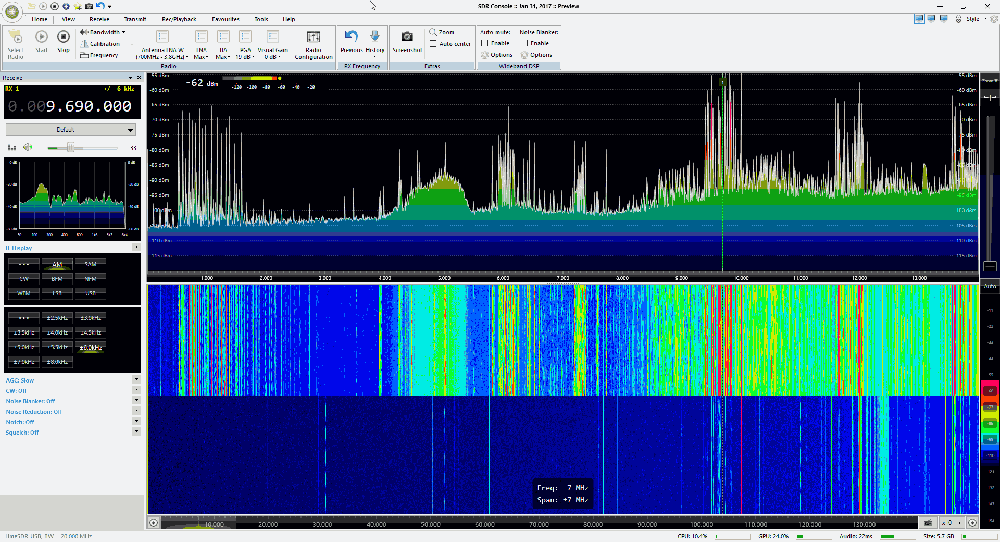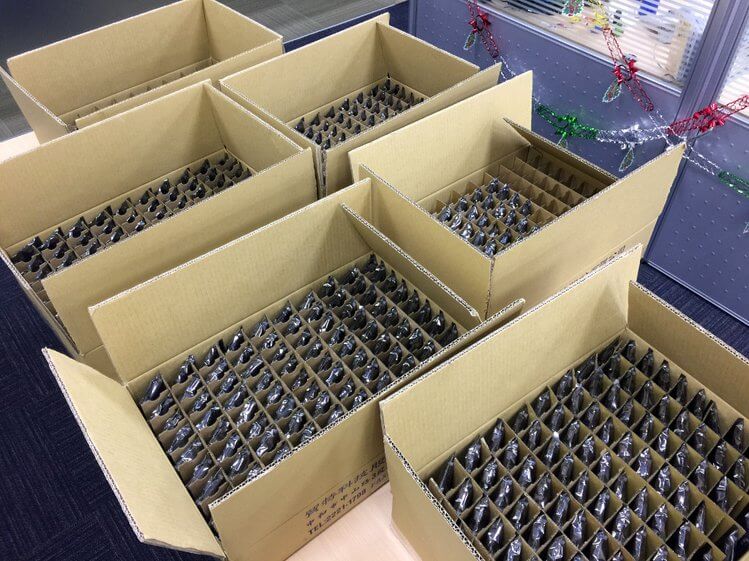LimeSDR and SDRAngel Running on a LattePanda
Thanks to Marty Wittrock for sharing with us his latest news about his experiences with the LimeSDR. Over on YouTube he’s uploaded a video showing that the LimeSDR can run perfectly on a ‘LattePanda‘ which is a full Win10 64-bit PC in a Raspberry Pi sized package. The one Marty uses costs about $209 with a fully activated Windows 10 licence and has 64G eMMC memory, a 1.44 GHz CPU and 4GB of RAM. The cheaper version with 2GB of RAM and 32GB eMMC memory only costs $119 USD. Of interest is that the LattePanda also comes with an Arduino co-processor for various GPIO projects, which could be useful for switching in and out various radio blocks like filters and LNAs.
In his video Marty shows that the SDRAngel software run the LimeSDR smoothly on the LattePanda, and he demonstrates receiving the 30M band. He writes:
Ladies and Gentlemen may I present to you: The LimeSDR operating on receive on the 30m Shortwave Band using SDRAngel running on a Windows 10, 64-bit, 4G (RAM) 64G (FLASH) operating at 1.8 GHz on a LattePanda – – THE SMALLEST WINDOWS 10 PC ON EARTH..! No kidding, this makes my MSI ‘hockey puck’ PC look monstrous…The LattePanda is about the same size as my LimeSDR and a VERY POWERFUL little PC, too…I’m INCREDIBLY impressed with this tiny PC…This Single Board Computer also has an integrated Arduino processor such that all the bandswitching and other functions required to make a Software Defined Transceiver will be very trivial to add-in…The ‘proof of concept’ is complete – – this shows that it CAN BE DONE to make the LimeSDR into a compact, wideband Software Defined Transceiver that can be run on a car battery if needed…Watch the video and see for yourself…CHEERS..!
In a second newer video he demonstrates the system running on a 7″ LCD touchscreen. He writes:
Here’s a follow-up YouTube video I did when I laced-up the LattePanda to a 7″ LCD and the companion Capacitive Touchscreen for the LimeSDR. This thing is awesome and very compact – it’s amazing. I’m planning to take those same components and mount them into a walnut case that I’m getting made from furniture-grade wood from Amana. The case will be sloped and will have enough room to put the LattePanda, LimeSDR, USB 3.0 hub, and *maybe* the PA – but I have to think that the PA will be outboard along with the Bandpass Filter Card assembly, too. I am planning to make a preselector/receive preamplifier for the LimeSDR that will reside in the case, too. The LattePanda not only has the Intel CherryTrail processor there for Windows, but it also has an integrated Arduino processor on the board along with the Arduino development software and the GPIO on the LattePanda to drive the BPF, PA, T/R switching, and the receive preamplifier/preselector/filter. No kidding – when this is all done this thing is going to be unstoppable. SDRAngel is open source so adding the communications for band switching will not be hard to do between Edouiard’s source in Win32 and to the Arduino through DLL calls. I’m even giving some serious thought about how LimeSDR-Mini will be included as an alternative with an even smaller footprint for this.
Looks like the LimeSDR is slowly starting to all come together as a fully usable system for ham radio thanks to the efforts of people like Marty. Remember that Lime are currently crowdfunding for their latest LimeSDR Mini product, which is a cheaper $139 version of their LimeSDR. Currently almost $85k of the required $100k has already been raised, with still 40 days to go.
